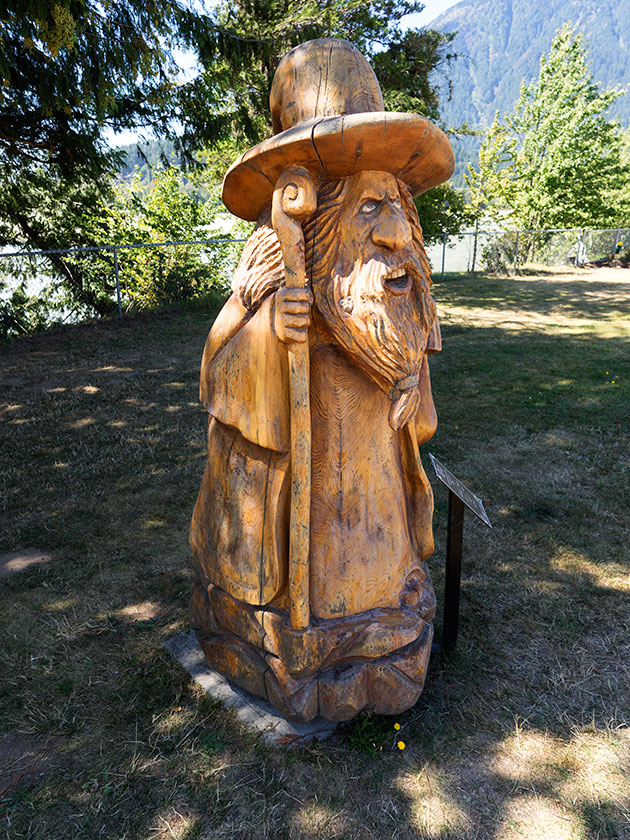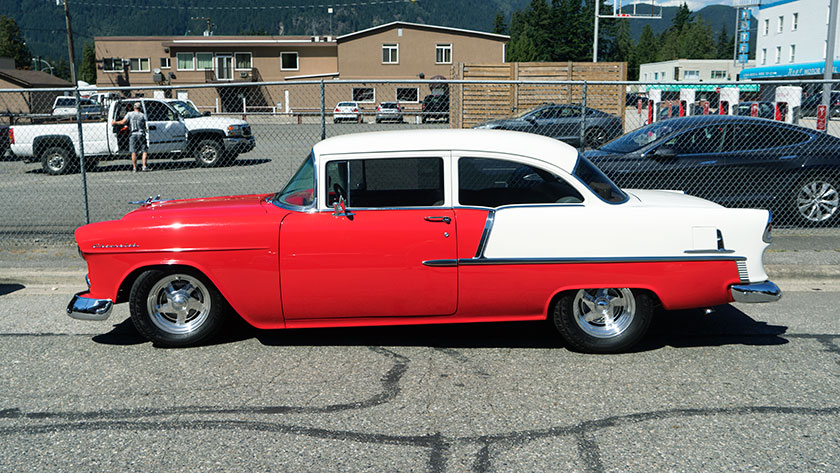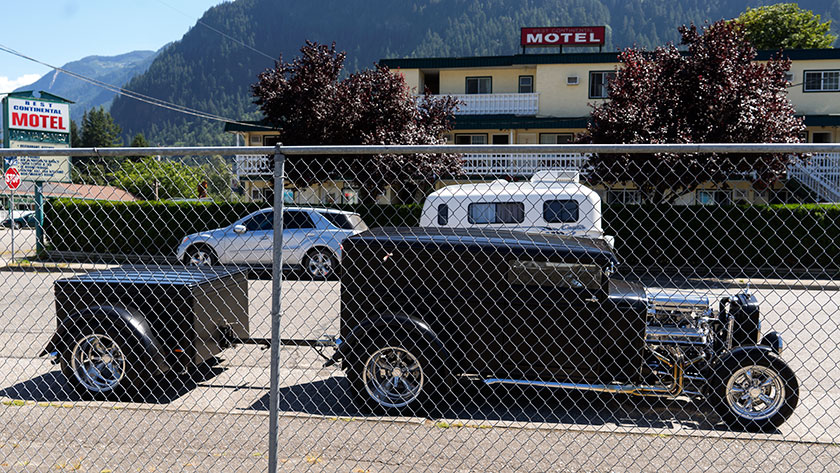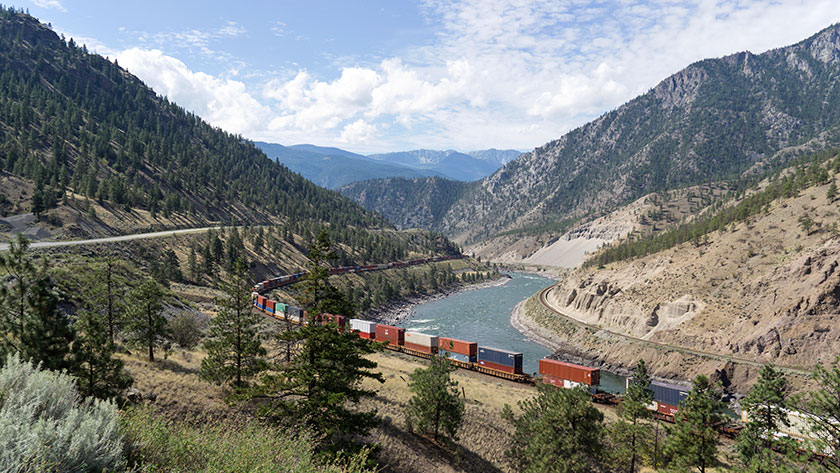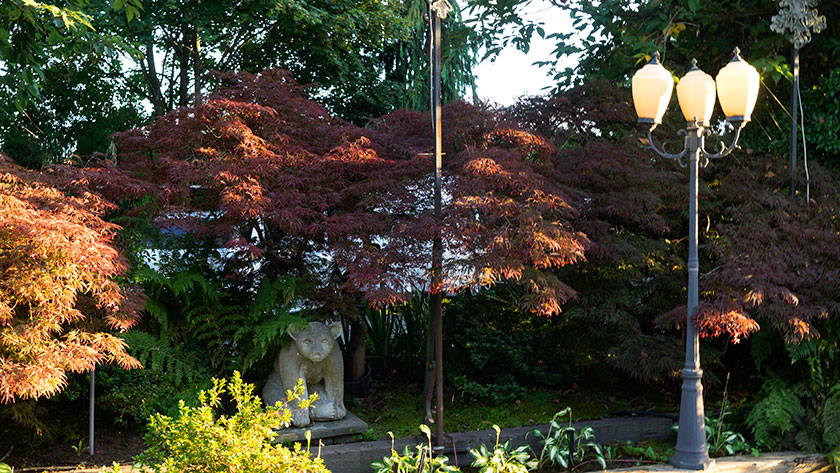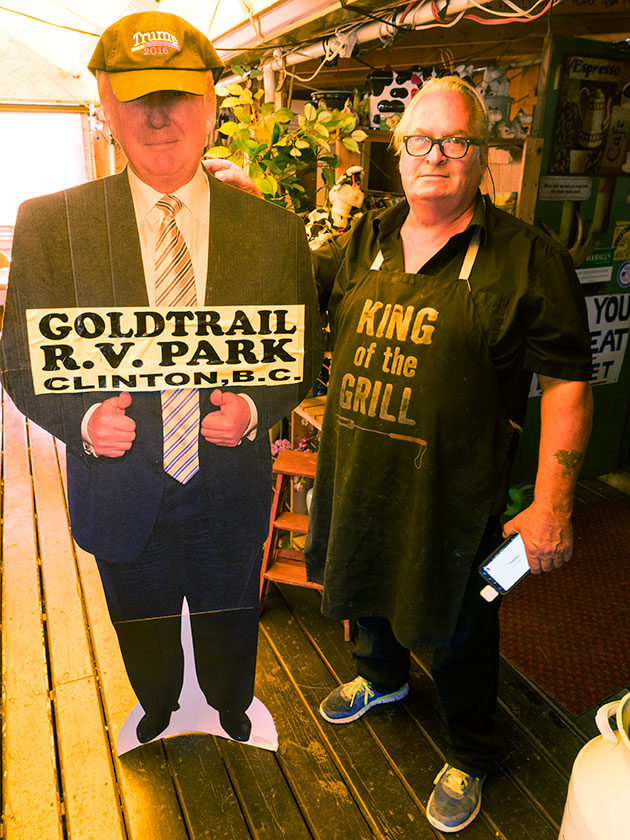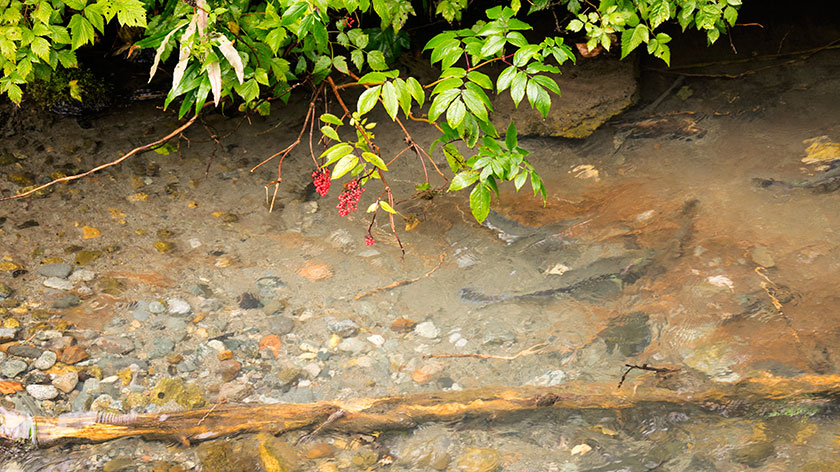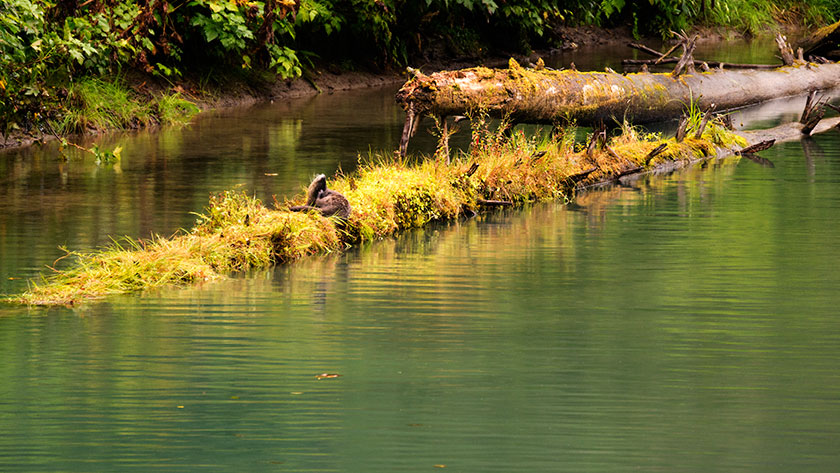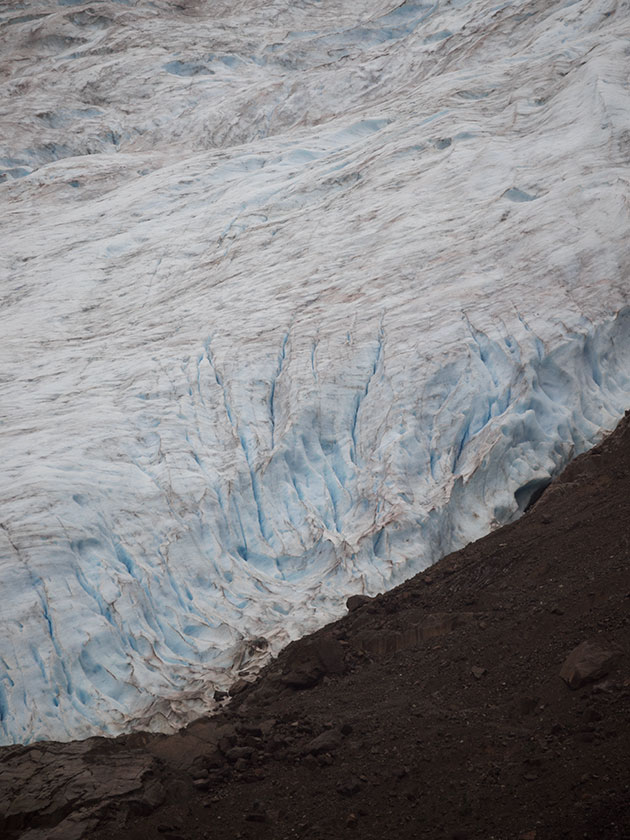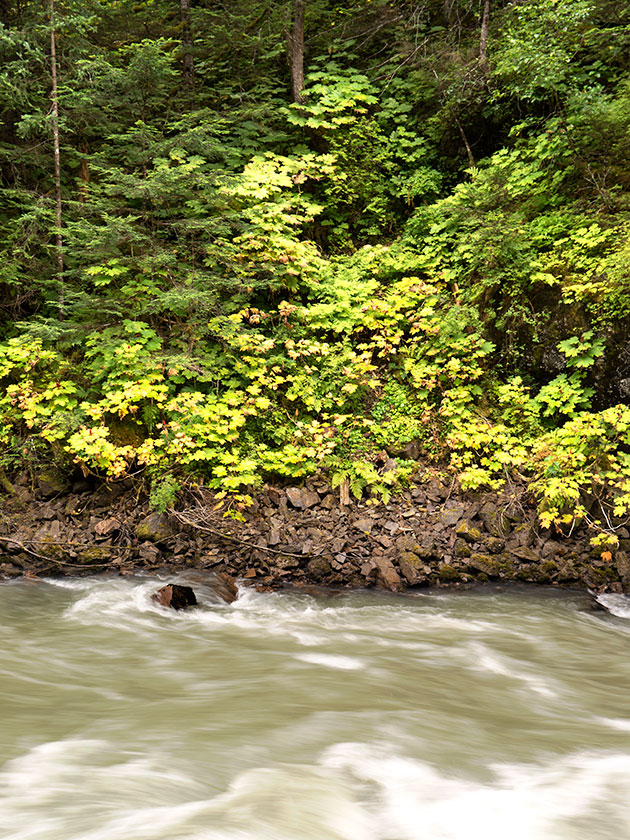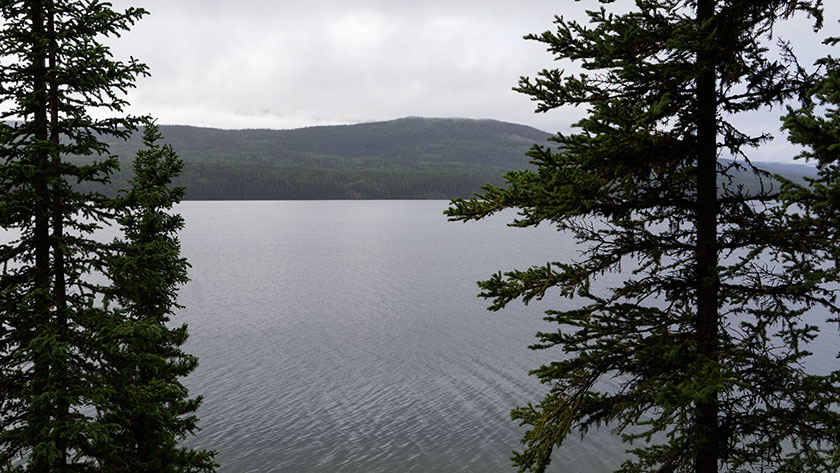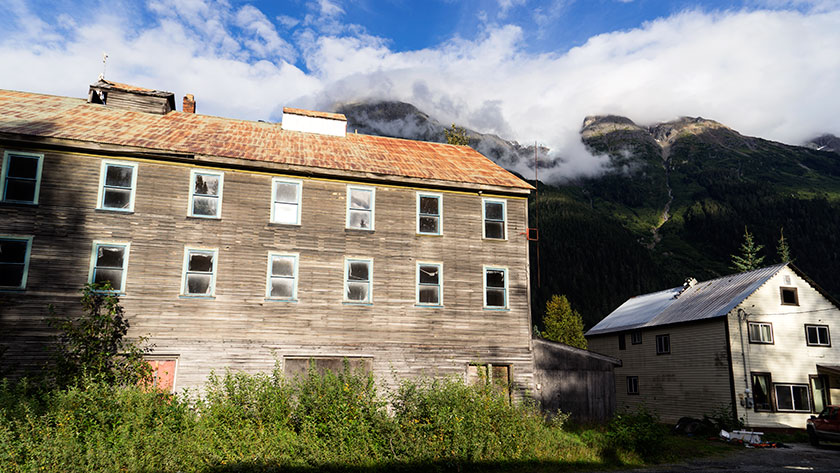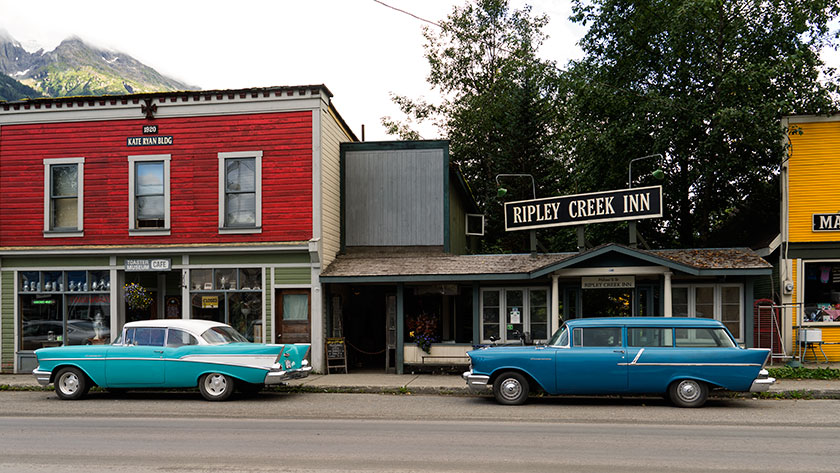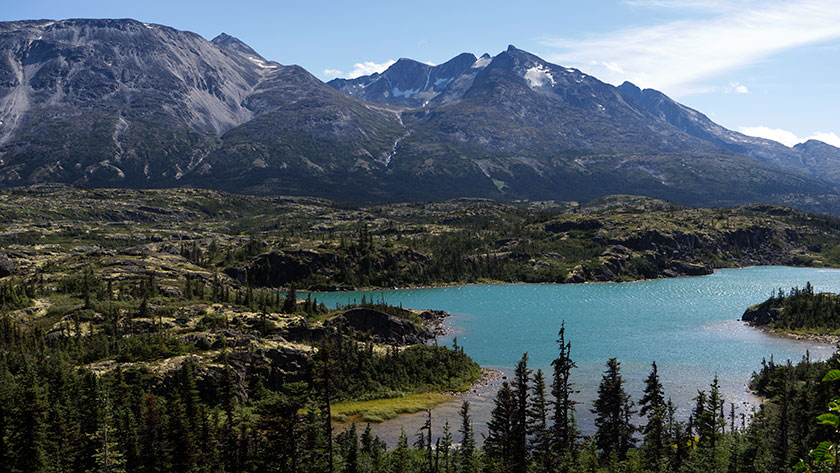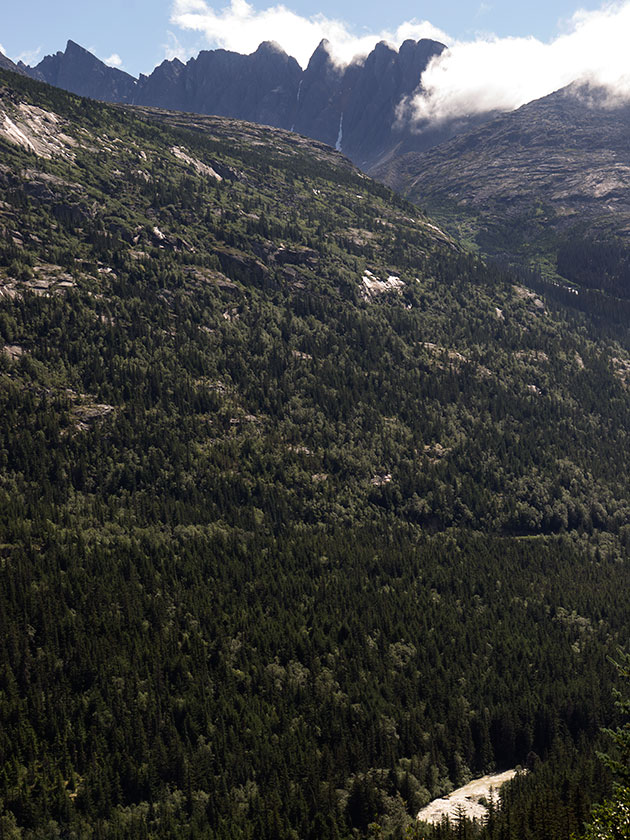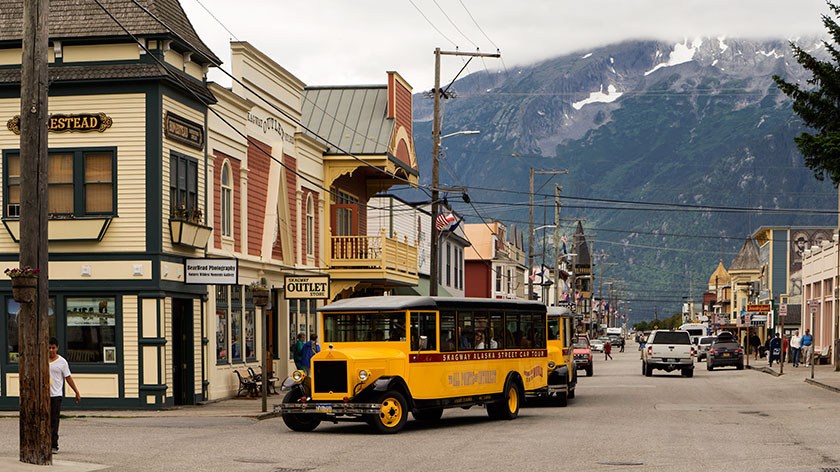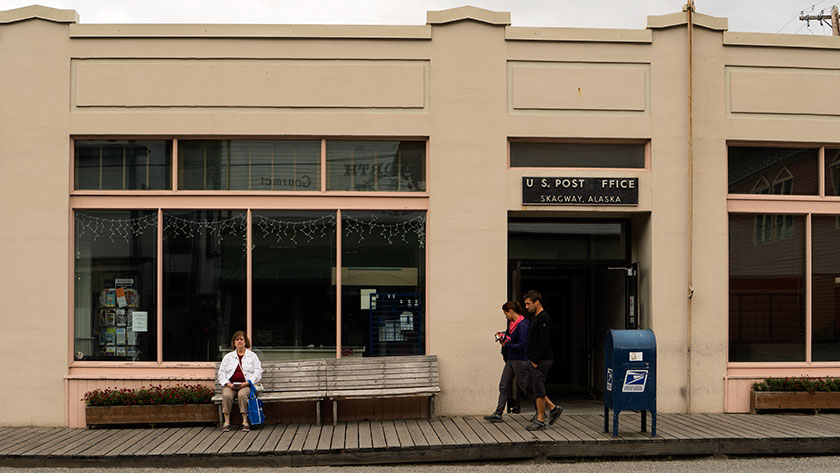I hate Vancouver, and I love Vancouver.
We’ve been in Vancouver for two consecutive days and at the end of each day, we’ve been caught up in traffic that, in each time lasted over an hour and one half. As I explained in the last post, the jam was due to a freeway construction closure, today there was an accident in the tunnel. As the traffic crawled along (my average miles per hour for the day was 15 mph), Queen Anne found an alternate route on the map.
We took the off ramp and sped away from the caterpillar of cars and within a half mile, caught the end of another caterpillar. The radio announcer updated the traffic report. “Traffic on the 99 is dead slow due to a head on collision in the Massey Tunnel. If you’re in that mess, just stick it out because traffic everywhere else is worse.” Jeez! We were trying to make our way back to camp after having a marvelous day in Vancouver.
It started in the morning when I came back from the camp office and told Anne that the air smells of west coast. It’s a pleasant smell of moist cool air with a hint of ocean. The last couple of days, the mornings are not quite cool enough for a light sweater, and shorts and tee-shirt are perfect in the afternoon.
Trying to figure out a schedule for the day, we came across an online debate comparing the famous Butchart Gardens on Vancouver Island, and the gardens at Queen Elizabeth Park in Vancouver. They’re both stunning rock quarry gardens, but one is open to the public and doesn’t need a ferry ride. So we decided to check it out.
When we got there we found that there was a rather nice restaurant next to the park, and that called for lunch. The restaurant, Seasons at the Park, looked pretty swanky, so when we walked in I asked about a dress code. “We have none.” Planners built The Seasons on the highest hill in Vancouver and our window table had a view of downtown with the coastal mountains in the distance. Up close, the window overlooked the gardens. It was hard to concentrate on lunch, which by the way, was excellent.
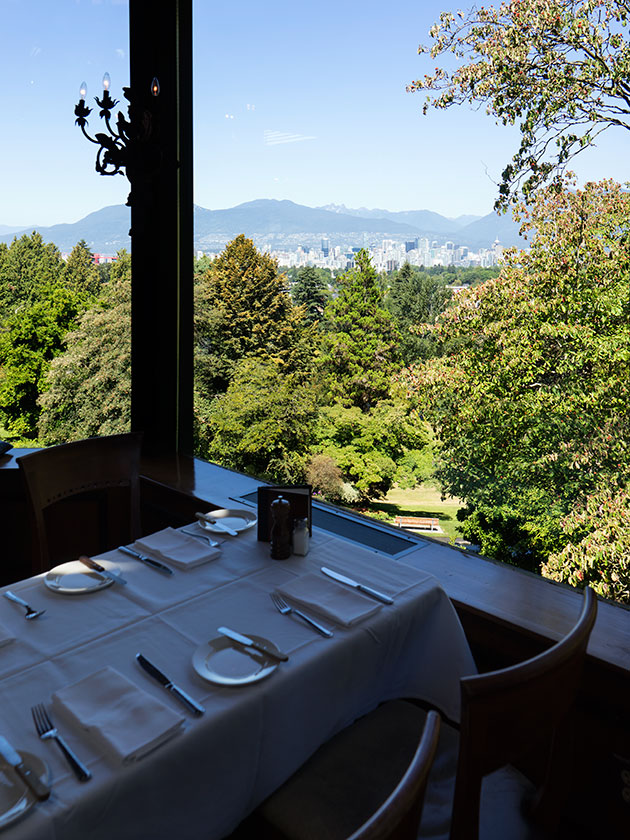
Afterwards, we took a leisurely stroll among the flowers and trees. I’ve been to a couple of renown gardens, and I can’t believe this place is free to the public and so immaculate. If you don’t care so much for formal gardens, the Vancouver Botanical Gardens is next door. You could OD on plants in one day, if you had the mind to.
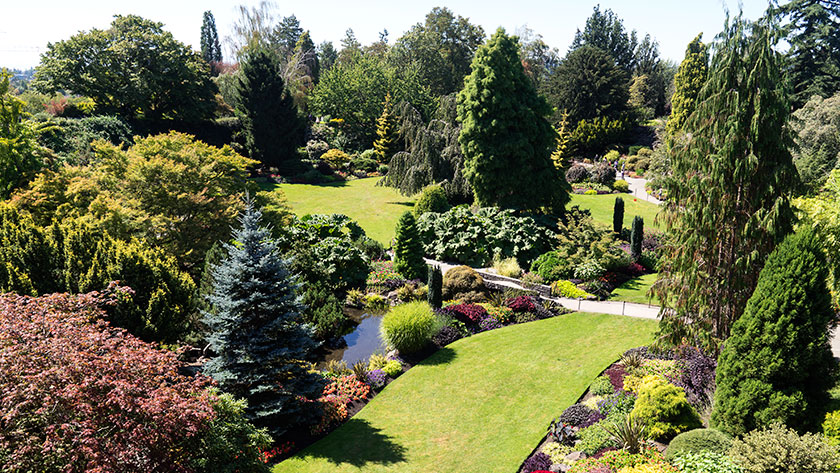
Anne wanted me to see the Gastown District. In 1886, Vancouver, like San Francisco, suffered from a catastrophic fire, which destroyed large sections of the original town. The Gastown was spared of the fire, so the historic buildings left now hold fashionable stores, sidewalk cafes, boutiques and galleries. All of the things that draw tourists, and they were there in droves. Although the district is about three blocks wide, the good stuff is on Water Street. If you miss it by a block, you’ll find yourself in the mission district, but there’s spill over anyway.
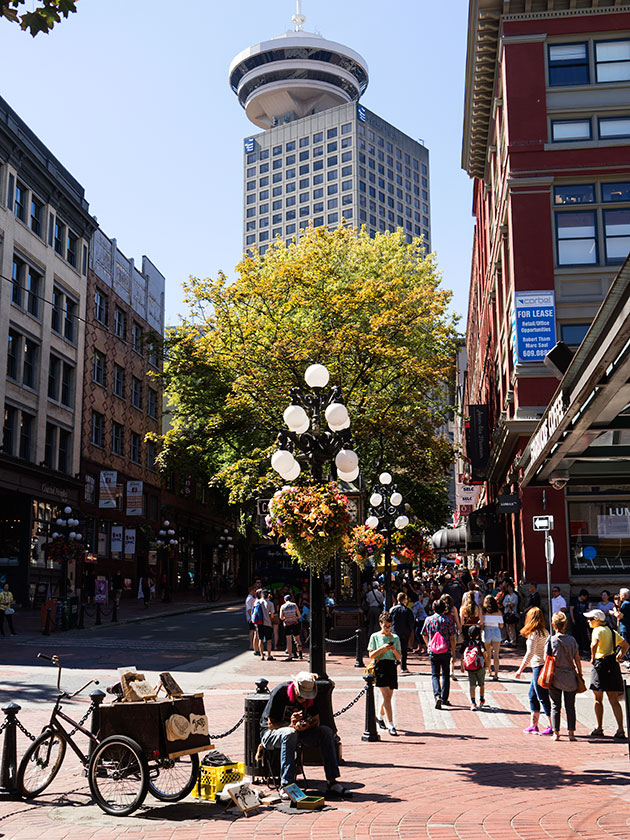
We walked the sidewalks and came across a crowd hanging around an old brass grandfather-style clock with four faces. I noticed the time was a few minutes before three, so I guessed the crowd was waiting for the clock to chime. While we hung around, I read the clocks plaque. It’s a steam clock! I thought it was a relic of the 1800’s and it’s still working . . . amazing! At the stroke of three, the top whistles began to play the Westminster Quarters. This was way too cool, and to prove it, the crowd applauded as it finished.
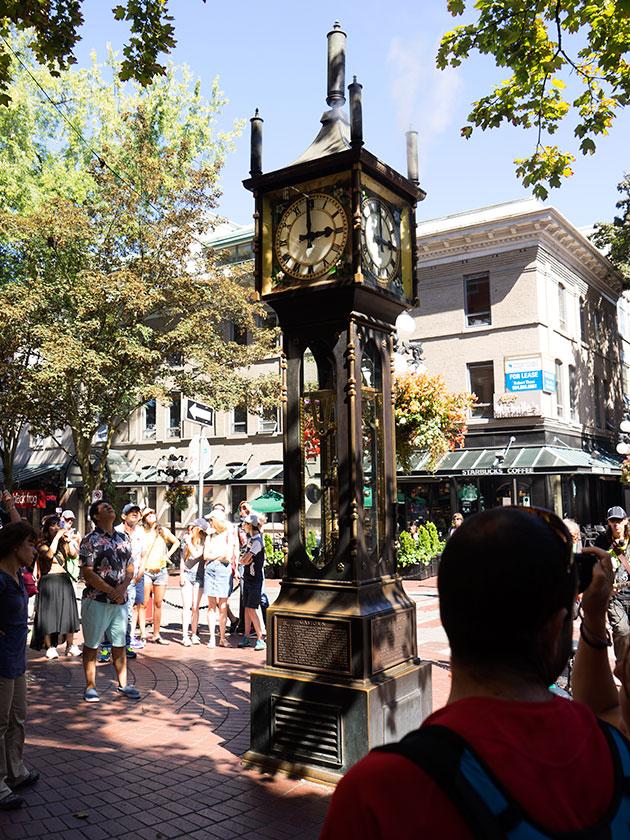
I’ve learned since then that Raymond Saunders built the clock in 1977 because the city needed to do something about a steam vent on a crowed city sidewalk. The clock is steam-powered, except for an electric motor driving a wheel that controls the chime notes. Wikipedia also mentions that the clock was on Nickelback’s album Here and Now.
After a great day the Queen and I got on the freeway for camp . . .
jw

